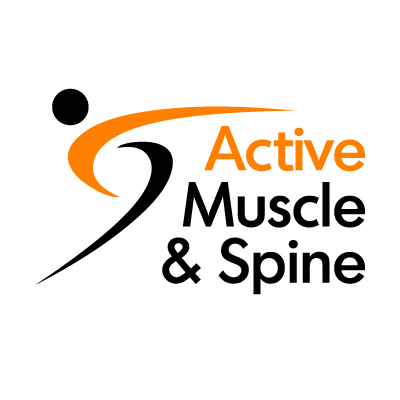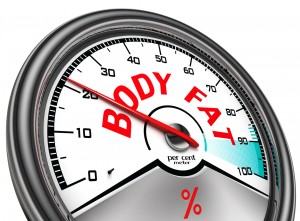Shin Splints Treatment Difference In The Sydney CBD
What are Shin Splints?
If you play a sport involving a lot of running or jumping, chances are you will experience shin pain or shin splints at some point. In fact, about one in three professional and amateur runners will develop this painful condition1. Runners, soccer, tennis, dancers, and rugby players are just some examples of people prone to shin splints.
Shin Splints Symptoms
The main symptom of shin splints is aches and pains along the shinbone (tibia), either in the front or back. Some further symptoms include:
- Shin pain felt before, during, or after running
- Red and/or inflamed skin over the shinbone area
- Soreness or tenderness in the affected area
What are Shin Splints Causes?
While the exact cause of shin splints is unknown, one of the most common reasons for developing shin pain is overuse2. This overuse injury typically results from overtraining or working beyond your current fitness levels.
Other causes include:
- Biomechanics irregularities such as muscle imbalance, including weak core muscles, inflexibility, and tightness of lower leg muscles.
- An incorrect running technique that strains the muscles and tendons and possibly leads to the inward rolling of your feet (pronation).
- Inappropriate running shoes such as wearing the wrong type and/or well-worn sporting shoes.
- Flat feet as this can cause pulling at the shin tendons, causing some slight tearing.
- High impact running activities on hard or uneven surfaces like concrete or asphalt, that injure the shin muscles and tendons.
What Shin Splints Treatments Are Available?
Initial treatment for shin splints typically involves applying ice packs, taking anti-inflammation medication, and resting. These actions allow the shinbone or tibia to recover from sudden, high levels of stress and reduce inflammation and pain levels.
Since your shin splints are likely to be from overuse or repetitive strain, traditional stretches and exercises may be inadequate to resolve your shin splints.
You don’t need to live with shin pain. It can generally be resolved fairly easily with the right advice and treatment.
Shin Splints Treatment – Overuse Injury
Shin splints resulting from an overuse injury can be treated with Active Release Techniques®, a treatment for overuse or repetitive strain soft tissue injuries. This medically patented treatment physically breaks down your scar tissue, the root cause of most overuse or repetitive strain injuries.
For chronic shin splints, a relatively new technology called Shockwave Therapy can help. It works by sending sound waves into your leg, prompting a healing reaction in the bone. ”There are a number of conditions, and this is one of them, where the healing process seems to have stalled, it’s burned itself out, so the sound waves tend to restart that healing process1.”
One of the benefits of Shockwave Therapy is its enhancement of blood circulation. New blood vessels grow, tissues regenerate, tendons strengthen and function is restored.
Shin Splints Treatment – Biomechanics Correction
Foot mechanics often play a part in shin splints. Our podiatry partners, City Feet Clinic (CFC) have a range of podiatry services to help with your shin splints.
CFC’s full foot biomechanical assessment examines your foot structure and assesses whether it can handle the amount of stress you are applying to it. Poor foot mechanics can also contribute to knee, hip and back pain.
Our Active Release providers and Chiropractors can also help you correct your full body’s biomechanical faults such as tight or imbalanced muscles. These may be creating further imbalances within your body and adversely impacting your running technique.
Shin Splints Treatment – Running Technique
City Feet Clinic also provides Running Technique Advice, ensuring the way you run does not lead to injury.
Skin and Nail treatment is also available to help ease your discomfort while walking or running due to ingrown, infected, or split nails, corns, and plantar warts.
Shin Splints Treatment – Inappropriate Running Shoes
City Feet Clinic provides Shoe Advice with an unbiased recommendation of brand and shoe styles. Sometimes, this is all you need to correct foot problems.
Shin Splints Treatment – Flat Feet
Our podiatry partners also provide the following orthotic services to help correct your flat feet:
- Orthotics to strengthen the foot and correct lower limb dysfunction. Specifically made by City Feet Clinic, they do more than just support your arches.
- FREE Orthotic Check for existing, old or uncomfortable orthotics. Make sure your orthotic is still doing what it is supposed to do.
Get treatment for your shin splints and make a booking today. For an appointment with either us at Active Muscle and Spine (AMS) or our podiatry partners at City Feet Clinic (CFC), please call our shared Sydney city clinic on 02 8964 6997.
Active Muscle and Spine is a leading integrated musculoskeletal treatment center located on Pitt Street near Martin Place and opposite Angel Pl in the Sydney CBD. City Feet clinic are leading podiatrists also located on Pitt St in Sydney.
References
1 Shockwave therapy cure for shin splints researcher hopes, Sydney Morning Herald, April 20, 2014





